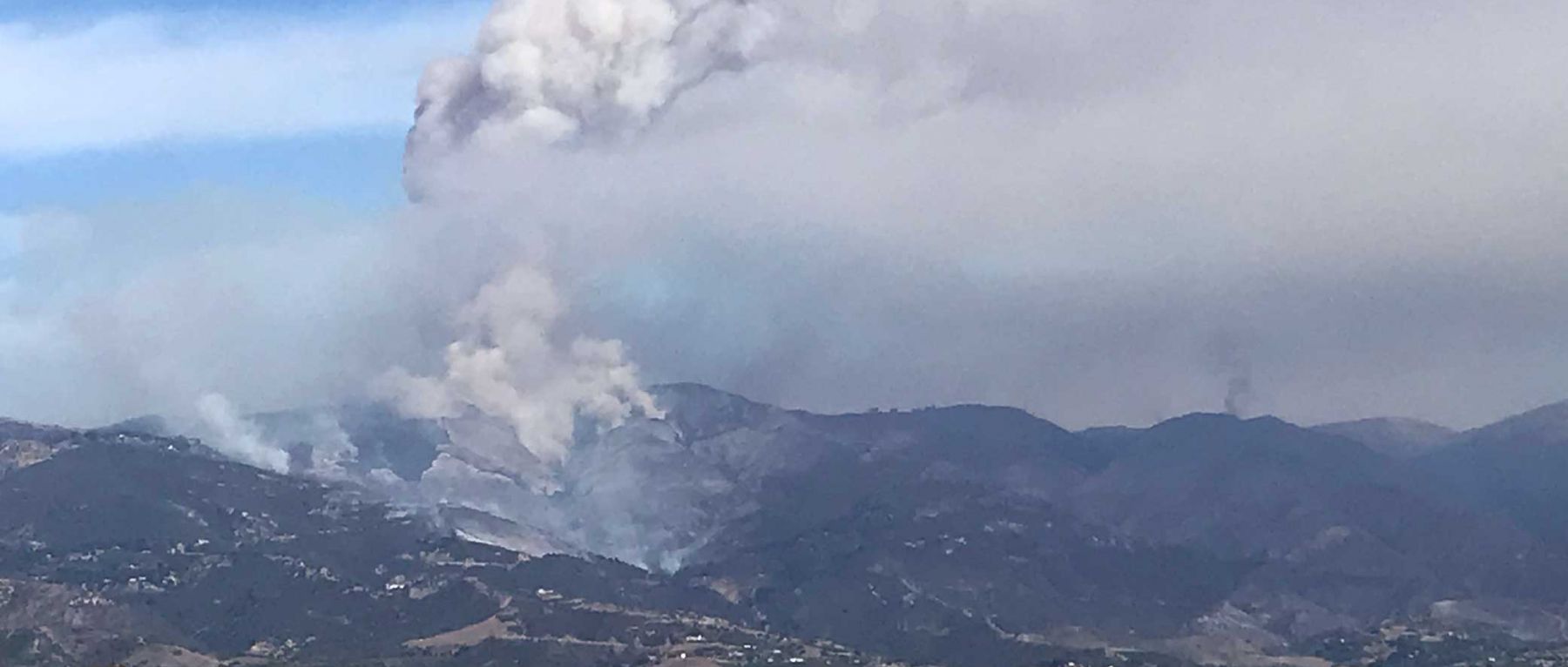Overview
The global climate is changing rapidly but the magnitude and direction of changes varies geographically. Human activities and natural processes are together altering the atmosphere, ocean, land, ice cover and ecosystems over the planet. Although it is very clear that anthropogenic forcing is responsible for the global mean temperature increase since pre-industrial times, it remains unclear how the two factors contribute to regional changes and temporal characteristics of climate change in the past two to three hundred years and how they will interact to influence the climate in the future. On the other hand, climate change associated with, for example, sea level rise, extreme precipitation, droughts, heat waves, wildfires and floods is affecting society in many ways. Atmospheric and climate science research is thus essential to gain a better understanding of these changes, interactions and physical processes. Global climate change not only means changes in the climate but also includes changes in other aspects of the global environment, such as alterations in land productivity, ocean biogeochemistry, water resources, atmospheric chemistry, and ecological systems. All these changes may alter the capacity of the Earth to sustain life. Thus, atmospheric and climate sciences seek to study, monitor, assess, predict and understand: a) interactions among physical, chemical, and biological processes that regulate the total Earth system, b) the unique environment that sustains life on Earth, c) changes that are occurring in the Earth system and d) how these changes are influenced by human actions and natural processes.
